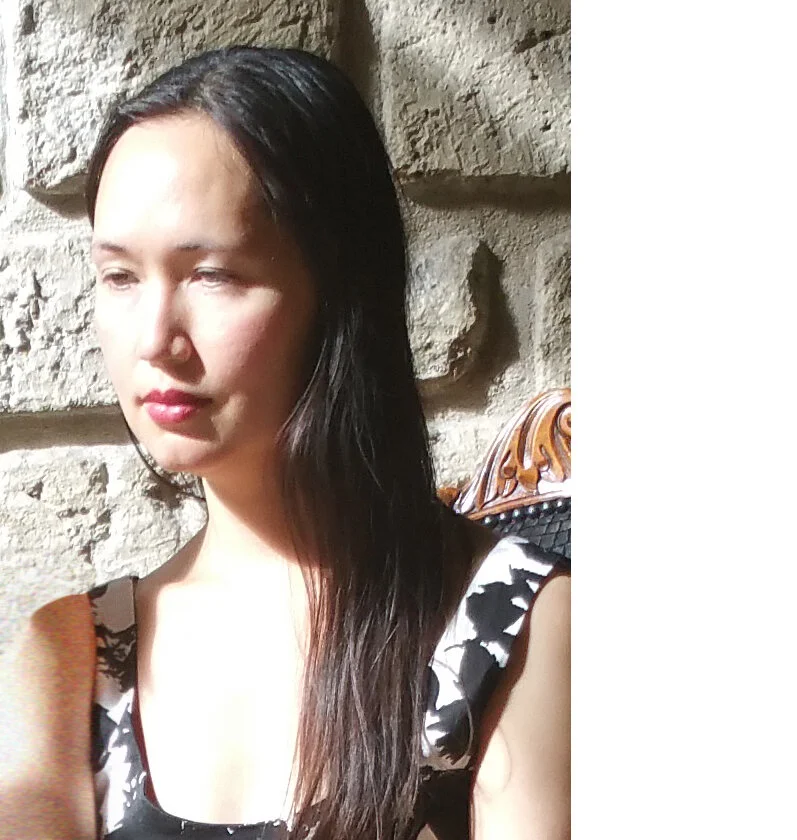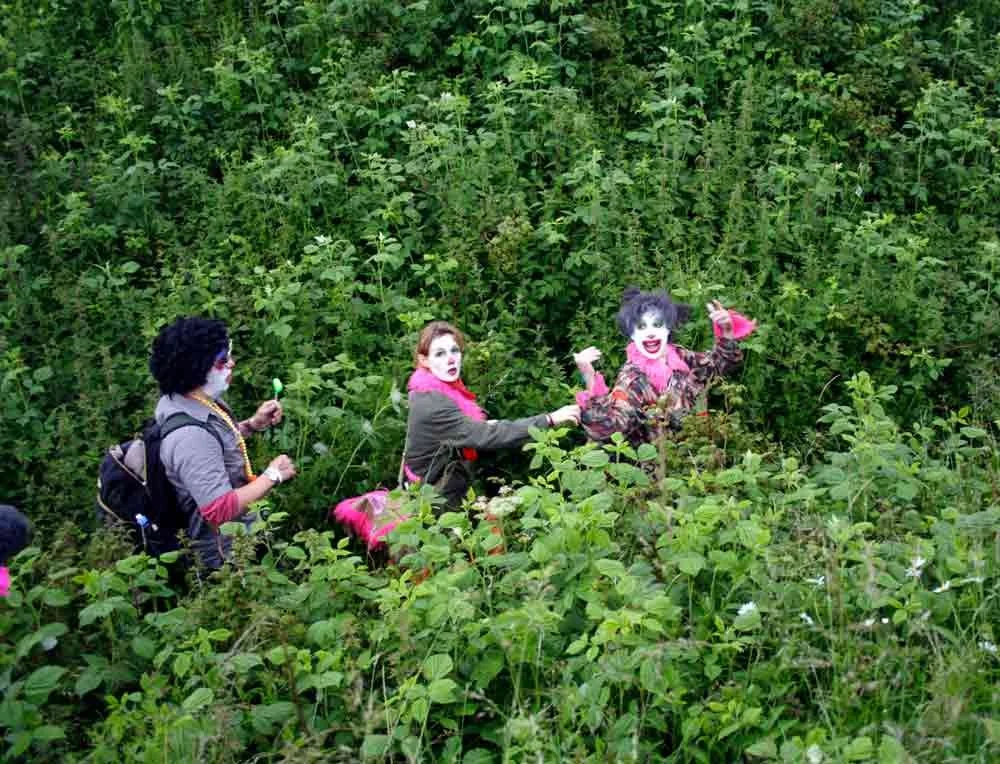Ian Wardropper is the Anna-Maria and Stephen Kellen Director of The Frick Collection and has organized more than twenty exhibitions in his specialties of European sculpture, earlier decorative arts, and twentieth-century design and decorative arts. Exhibitions he co-organized at the Metropolitan Museum of Art include Art of the Royal Court: Treasures in Pietre Dure for the Palaces of Europe in 2008 and Cast in Bronze: French Sculpture from Renaissance to Revolution in 2009. Recent publications include European Sculpture, 1400–1900, in The Metropolitan Museum of Art; Bernini: Sculpting in Clay; Limoges Enamels at The Frick Collection; and The Frick Collection: Director's Choice.
IAN WARDROPPER
I actually assumed in graduate school that I would become a teacher and I've taught in a number of different universities, but it was working with art objects and seeing them in museums like the Metropolitan Museum or The Frick that made me want to go into museum work and ultimately become a curator. So when I was finishing my dissertation and had to think about a career, I applied to a lot of teaching jobs and there was one job that year in America in my specialized field, which was European sculpture, and I was very lucky. But a professional career is a bit of luck as well as predisposition, so I knew I wanted to work in museums, and I was lucky enough when
I was able to find my way here.
❧
One of the things I love about The Frick and our exhibition program is that we've made the most of our limitations, which is that we're not a very big place. We don't have great resources. We don't have very big spaces to devote to temporary exhibition, so we've always made the most of those limitations by doing small exhibitions that are highly focused and I, personally over the years, I've worked on very big exhibitions, but I really love small focused exhibitions. And I believe that the public does too because they're very clear. You can come in, you can get the theme quickly, you can understand it, and so we tend to have exhibitions that are both highly focused and have a great level of quality.
So this Poulet Fellows program allows these young talented people to basically have their first opportunity to do an exhibition. So they come up with an idea, and we facilitate that, but they learn how to do an exhibition working with our chief curators, with established curators. They learn how to come up with an idea, how to flesh it out, what objects are necessary to make that theme be realized within an exhibition space what kinds of topics a catalog should address or not, how to lecture about it. They learn all the practical side as well as the intellectual side of developing an exhibition. And we've had some highly successful exhibitions by these younger graduate students that have received international acclaim, so for a younger student to have their first exhibition written about in The New York Times and European journals as well is an amazing experience. And they do shows that I'm very proud of.
❧
I firmly believe that the arts should be a part of everybody's education. It's not just learning the history of art, but it's about opening up creativity as a means that can be useful to somebody throughout one's life. So, museums can't replace the school systems. I mean, we're not big enough. And a place like The Frick, of course, is a very great museum, but it's a small museum. So we can only accommodate a certain number of students. What we try to do is reach that small number of students but reach them really well and really deeply and to try to give them a meaningful experience, which I think typically happens over time, rather than one visit. So we really encourage, if possible, that students come back and that they begin to feel that this is their place.
❧
We also have a series of book which we started two years ago, Frick Diptychs. The concept of this is each book is devoted to a single work of art in The Frick. A curator writes an art historical essay about this work of art and then we look for somebody in the arts who is a writer or an artist who will respond to that work of art in the same book, hence diptych: two different sides. So I mentioned earlier Holbein's painting of Sir Thomas More. So the first book in the series happened to be Xavier Salomon, who is our chief curator writing about this painting, and then Hilary Mantel, a writer who has written about Thomas Cromwell, which we also have a painting here, wrote a letter as if it was by a contemporary to Sir Thomas More.
Or another one in the series was James Ivory, the scriptwriter filmmaker wrote a script or film treatment of our Vermeer Mistress and the Maid, and Edmund de Waal, who I mentioned, wrote a book, a diptych on a pair of mounted vases, mounted in the 18th century. He's a great specialist in pottery and porcelain, and these are two white porcelain vases that were then mounted in gilt bronze. So that's another way we're exploring how this collection can reach out to other audiences.
This is an excerpt of a 7,000 word interview which will be published and podcasted across a network of participating university journals and national arts/literary magazines.
Find us on Apple Podcasts, Spotify, Google Podcasts, Podcast Addict, Pocket Casts, Breaker, Castbox, TuneIn, Overcast, RadioPublic, Podtail, and Listen Notes, among others.
Mia Funk is an artist, inteviewer and founder of The Creative Process.



















































